In the early part of this century Robert Smithson’s artwork Spiral Jetty re-emerged from under the water of the salt lake where it had been hidden for more than 20 years. As an artist working in public space and often with concepts of time and identity, Spiral Jetty has always been there as a significant reference work. It’s literal re-emergence (and dramatic covering of salt) has caused a re-evaluation of the work – like most people I had grown used to seeing Spiral Jetty alongside the pretty canon of ‘earthworks’ and ‘land-art’….now that I have come to understand this work as a active and conceptual interpretation of a specific place and the common interpretation of that place….i get pretty cross when I see Spiral Jetty only celebrated for it’s shape and ‘being outside a gallery’
Spiral Jetty is a spit of land made by unloading rocks into the Great Salt Lake, Utah.
It was constructed by Smithson in 1970. Shortly after it was completed the level of the lake rose and the work was submerged for many years, before emerging again in the last decade encrusted in salt.
What is usually omitted from any discussion of Spiral Jetty is that the work is a a very carefully constrcted response to the cultural context of the site and presents a beautifully elegant alternative to the idea of historical time that is the significant feature of that context.
The Great Salt Lake is adjacent to the Golden Spike Monument – this commemorates the place where the railways of Eastern and Western United State finally joined in 1869 to make a continuous coast to coast route. The Golden Spike was the last pin securing the last rail that linked the two lines.
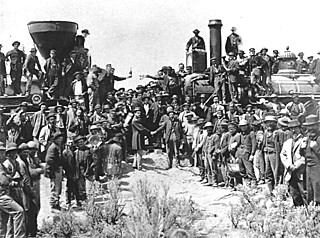
‘East meets West’ 1869
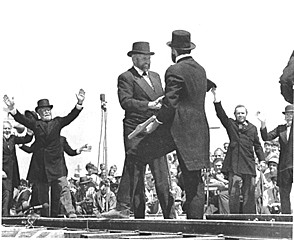
‘Golden Spike Centenary Re-enactment’ 1969
There is a monument at Golden Spike and the joining ceremony is re-enacted hourly at the visitor centre.
It is the idea of history as a set of distinct moments that can be preserved through documentation, re-enactment and physical memorial that Spiral Jetty questions. The form is spiral (not a line) and it appears to go nowhere. But, it is in the materiality that the true interest in Smithson’s position appears – the key is SALT. It is a preservative,for sure, but salt grows in a spiral crystalline manner – continually adding to its own history intial deposit in a perfect fractal pattern based on its intial formation.
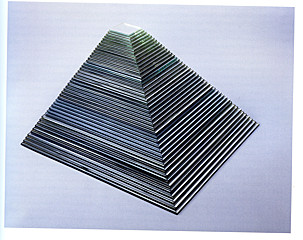
Robert Smithson – study of crystal growth
When Spiral Jetty emerged from the Great Salt lake it’s history had literally grown, was literally seasoned and enhanced…this standing in marked contrast to the way in which Golden spike clings to the inviolate perfection of one momentin ‘history’.
Jennifer Roberts is my favourite writer on Spiral Jetty – she defines Smithsons artwork as – ‘…a different form of historical moment – one that does not compulsively attempt to return to a single privileged moment in a perspectivally organised historical past, but rather, one that acknowledges the materiality, specificity and opacity of history even as it redeems and preserves it’
(from ‘Mirror Travels- Robert Smithson and History’ Jennifer L. Roberts. Yale University Press 2004)
I think that to conceive of something that brings together place, materials and historical context in a relationship that continues to play and evolve over 40 years is a work of genius
Find out more about Matt Baker here.
/////
Hidden Spaces – a month of blogs by members about their hidden space – whether they be real, imagined, unbuilt, cut-off from the public, demolished, spiritually significant or politically sublimated. Read more from the series.


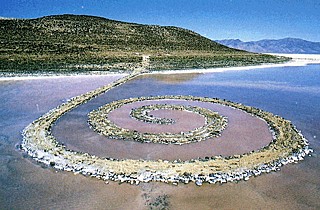
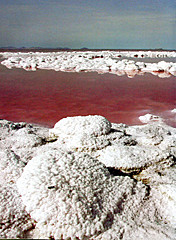
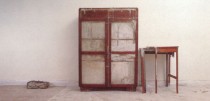
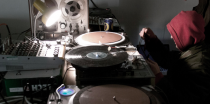
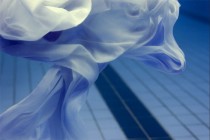









Comments